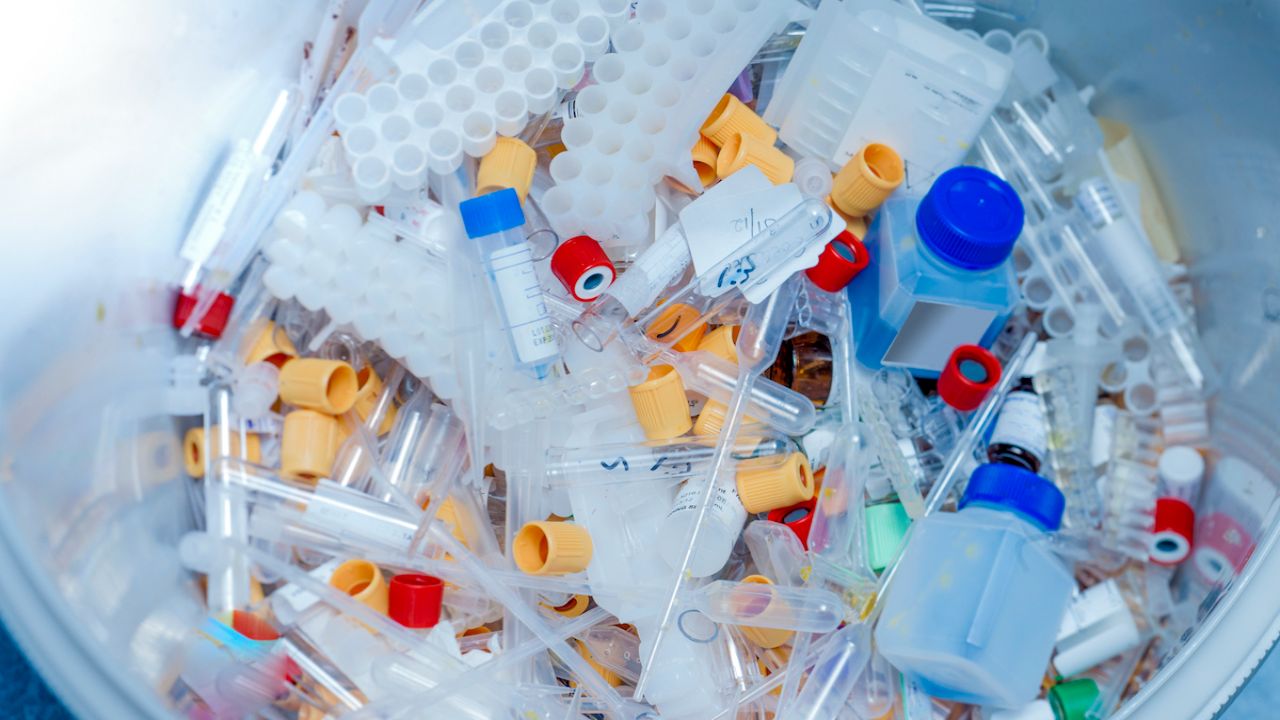Healthcare facilities generate various types of waste that need proper handling to ensure safety and environmental protection. Understanding these categories and their disposal methods is essential for healthcare workers, waste management professionals, and the community. For effective waste management, facilities often rely on quality products like those found on this homepage. Here’s a closer look at the main types of healthcare waste and how to manage them effectively.
General Non-Hazardous Waste
General non-hazardous waste in healthcare settings includes items like paper, plastic packaging, and food waste. These materials do not pose a direct threat to human health or the environment. Disposing of this waste involves standard municipal waste management processes. Facilities often sort and recycle materials like paper and plastics to reduce the volume sent to landfills. Ensuring proper separation at the source can significantly enhance recycling efforts and reduce the environmental footprint of healthcare operations.
Infectious Waste

Infectious waste contains pathogens that can cause diseases. This category includes items like used bandages, swabs, surgical gloves, and cultures of infectious agents. Proper disposal of infectious waste is critical to prevent the spread of infections. These materials are typically collected in designated, clearly marked containers. Once collected, they often undergo treatment processes such as autoclaving, incineration, or chemical disinfection to neutralize the pathogens before final disposal. It’s essential for healthcare workers to adhere to strict protocols when handling infectious waste to maintain safety.
Sharps Waste
Sharps waste includes needles, scalpels, and other items that can puncture or cut. These objects pose a significant risk of injury and infection. Sharps are disposed of in puncture-resistant containers that are clearly labeled. These containers are designed to prevent accidental needle sticks and other injuries. After collection, sharps waste is usually treated through autoclaving or incineration. Some facilities also use specialized sharps disposal services that ensure safe handling and destruction. Proper disposal of sharps is a top priority to protect healthcare workers and the public.
Pharmaceutical Waste

Pharmaceutical waste consists of expired, unused, or contaminated medications and vaccines. This type of waste can be hazardous if not disposed of correctly, as it may harm the environment or be misused. Pharmaceutical waste is typically sorted into hazardous and non-hazardous categories. Hazardous pharmaceutical waste includes items like chemotherapy drugs and certain antibiotics, which require incineration or high-temperature treatment. Non-hazardous pharmaceutical waste might be disposed of through standard landfill or sewage systems, but only under strict guidelines to avoid environmental contamination. Many healthcare facilities participate in take-back programs to ensure safe disposal.
Chemical Waste
Chemical waste in healthcare includes substances like disinfectants, solvents, and heavy metals from medical devices. These chemicals can be toxic, corrosive, or flammable. Disposal methods for chemical waste depend on its nature. Hazardous chemical waste often requires special treatment methods like neutralization, incineration, or chemical stabilization. Facilities must follow regulatory guidelines to ensure safe disposal and avoid environmental damage. Proper storage and labeling of chemical waste are crucial to prevent accidents and ensure that the waste is handled appropriately.
Proper disposal of healthcare waste is essential for protecting public health and the environment. Each type of waste requires specific handling and treatment methods to ensure safety. By adhering to established protocols and regulations, healthcare facilities can manage their waste effectively, reducing risks and promoting a healthier environment. It’s a shared responsibility among healthcare providers, waste management professionals, and regulatory bodies to ensure that healthcare waste is disposed of safely and sustainably.
